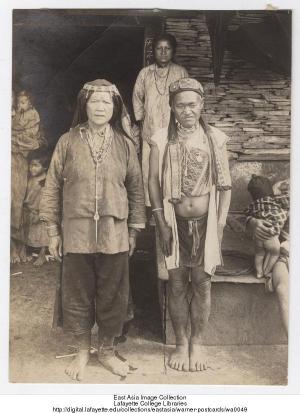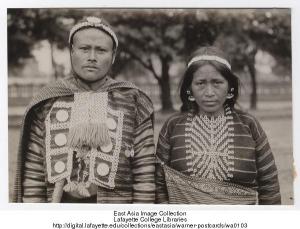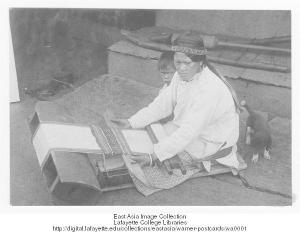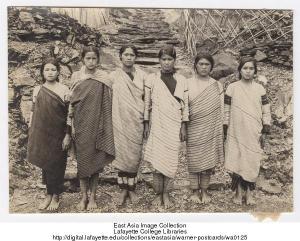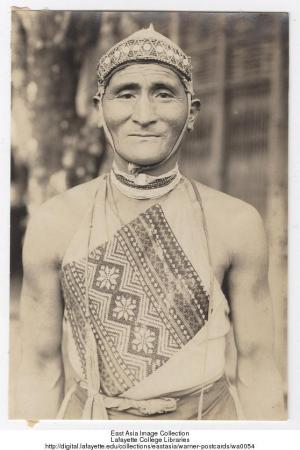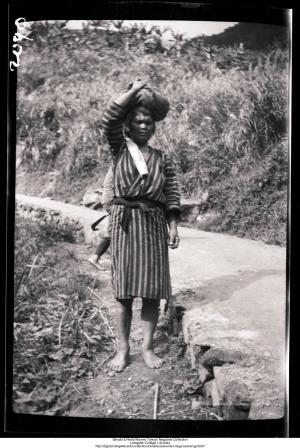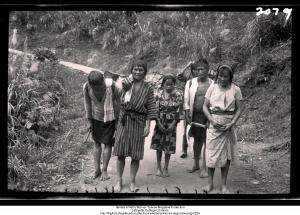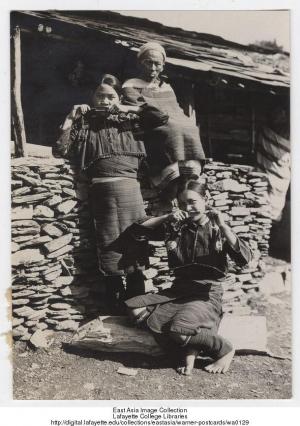鏡頭裡的布農族男性
詳細資料
[英文]Bunun man facing the camera. Kanetowan village, Taizhong prefecture. Yao Tsun Hsiung has written that @the aboriginal tribes of Taiwan were often used by the Japanese in propaganda images to underscore Taiwan$s distinctive features and publicize their success in gaining control over the aboriginal population. The aboriginal images commonly used in contemporary propaganda materials included aboriginal figures, lifestyles, everyday artifacts, decorative items and patterns, and the characteristic plants and animals of mountainous Aboriginal areas. Apart from painted and drawn images, photographs were frequently used in the expression of Aboriginal themes. The original Japanese expeditions to aboriginal areas found that the camera was the best and most accurate tool for the recording the lives of the aborigines. Photographs of human figures were therefore commonly used to express aboriginal themes in official propaganda materials intended for foreign consumption. For example, the postcards commemorating the $10th anniversary of the administration$ and $16th anniversary of the administration$ made use of photographs of Aborigines@ (Yao 2006, p. 67).

